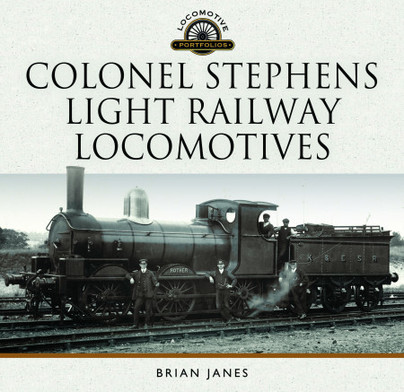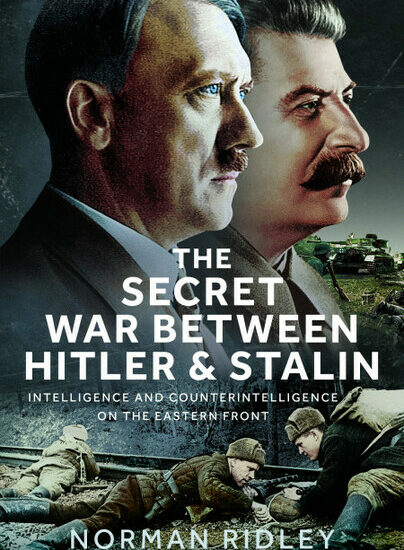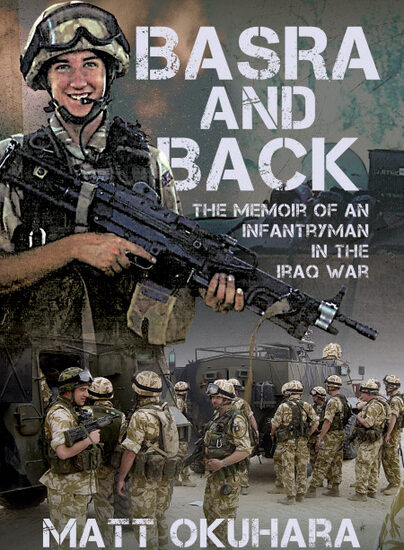Author Guest Post: Brian Janes
Running Stephens’ Light Railways
When confronted with a rural railway built as cheaply as possible with the lightest of materials and statuary restrictions on what weights can be carried by bridges and rails what choices of rolling stock and locomotives are available to an engineer and manager? This is a key question which was fully addressed in other countries but never in Britain with its limited number of light railways and lack of co-ordinated vision by the railway industry itself.
Colonel Holman Stephens, as perhaps the key builder, organiser and manager of British light railways during the brief flowering for these projects, sought to address these problems. The story of the locomotives and rolling stock of Stephens built and run railways is often presented as a chaotic mix of second-hand stock, acquired as and when needed, but this was never true.
After the physical nature of the railways the prime determinant of provision of stock was traffic requirements. Most trains, except railmotors, were run as mixed for economy reasons, and the small locomotives required by the lightness of the railways construction also meant that rolling stock had to be light with high capacity. Stock acquisitions and changes and repairs made during the existence of the lines was quite logical and fell into these main phases.
• New stock acquired at opening when possible, together with some second-hand locomotives and stock to cope as the business became established and finance was short.
• Second-hand stock bought to upgrade passenger comfort, with consequent disposals and alterations.
• Railmotors to supplement services.
• Replacements, renewals and, latterly, locomotive hirings.
Stephens’ locomotive policy is typically much misunderstood. Often starting with the type of tiny locomotives advocated by the light railway theorists, these soon became outmoded by the high levels of traffic. Larger, but still small, locomotives like ex-LB&SC ‘Terriers’ filled the bill for a few years, but when power was need for heavy gradients and new funds were available successfully locomotives such as the 0-6-2T for the Callington line were produced. With greater line lengths the tank engine was insufficient for several lines and more suitable motive power came with the with the fortuitous availability and acquisition of the ex-L&SWR ‘Ilfracombe Goods’ locomotives and the ex-SECR 0 class. Although past their peak by the time that they were purchased, such locomotives were, indeed, the principal motive power on those lines for the next 20-odd years, The Ilfracombe’s in particular must be numbered as some of Stephens’ most successful acquisitions, being well suited to the lightly laid permanent way, whilst possessing adequate power for the job in hand, together with good water and coal capacity. With the coming of the petrol railmotors in the 1920s, the need for the smaller locomotives declined markedly except on the regrettably unimproved Selsey Tram and the perpetually insolvent Weston Clevedon & Portishead. On lines such as the Kent & East Sussex it was not until the larger locomotives wore out, and traffic levels declined, that smaller tanks again came into their own, again. In the 1930s with insolvency, declining maintenance and the increasing tendency to rely on ‘mixed’ trains for services. After Stephens himself had died motive power gaps were sometimes filled by hiring in mainline locomotives, though on the unrebuilt lines line the Selsey, WC&P and the narrow gauge lines this option was not available.
The specialised nature of light railways and Holman Stephens’ ingenuity in overcoming the problems presented, whilst continuing to serve the local communities that depended on them, yielded a rich cornucopia of locomotives of lasting interest. ‘’Colonel Stephens Light Railway Locomotives’ brings together this story with clarity and celebrates their achievements.

Order Colonel Stephens Light Railway Locomotives here.

